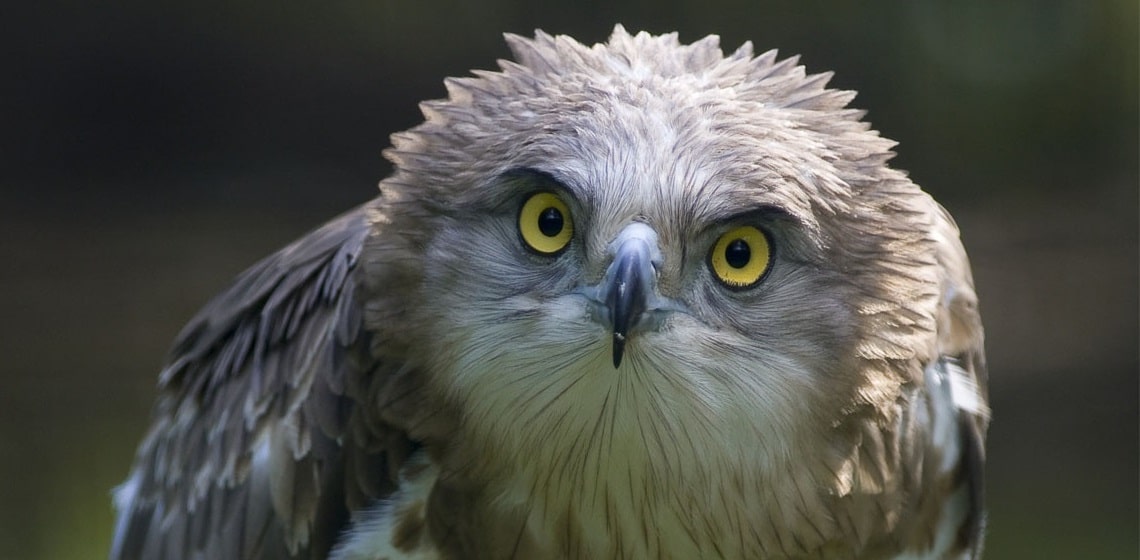The immense variety of habitats and Natural Heritage make Portugal one of the destinations of choice in Europe for birdwatching. As a family, or with a group of friends, put your senses to the test and let yourself be enchanted by pleasant symphonies and colourful plumage. Know where to watch birds and take the opportunity to explore the stunning landscapes you will find along the way, from estuaries and rivers to humid plains or mountains intersected by valleys and cliffs. Take your binoculars or camera and let yourself be guided by All About Portugal, with eight unique places for birdwatching.
Peneda-Gerês National Park
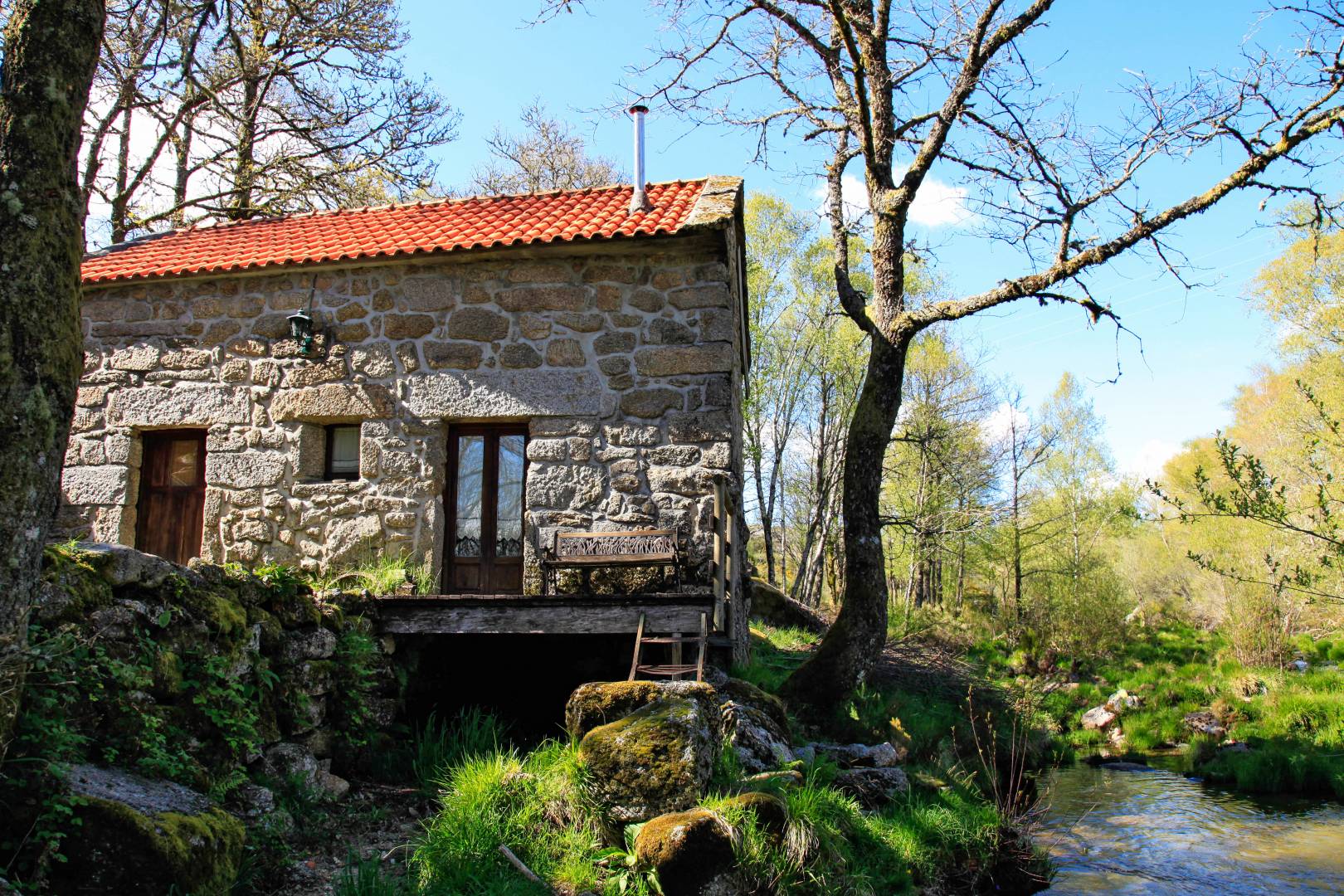
Belonging to the only National Park in the country, the Serra do Gerês is a treasure that deserves to be explored. Over an extensive area, you will find incredibly diverse habitats, such as Portela de Leonte, where you can watch birds such as the coal tit or the firecrest, and the Mata de Albergaria, which houses birds of prey such as the goshawk or the small insectivorous bird Iberian chiffchaff. Moving to the region of Trás-os-Montes, one of the best places for bird watching is the Planalto da Mourela, where you will find rare species in Portugal, such as the red-backed shrike, the Eurasian skylark, and the rufous-tailed rock thrush. Take the opportunity and take a step to Pitões das Júnias, where species such as the European robin and the Eurasian blackcap stand out.
Douro Estuary
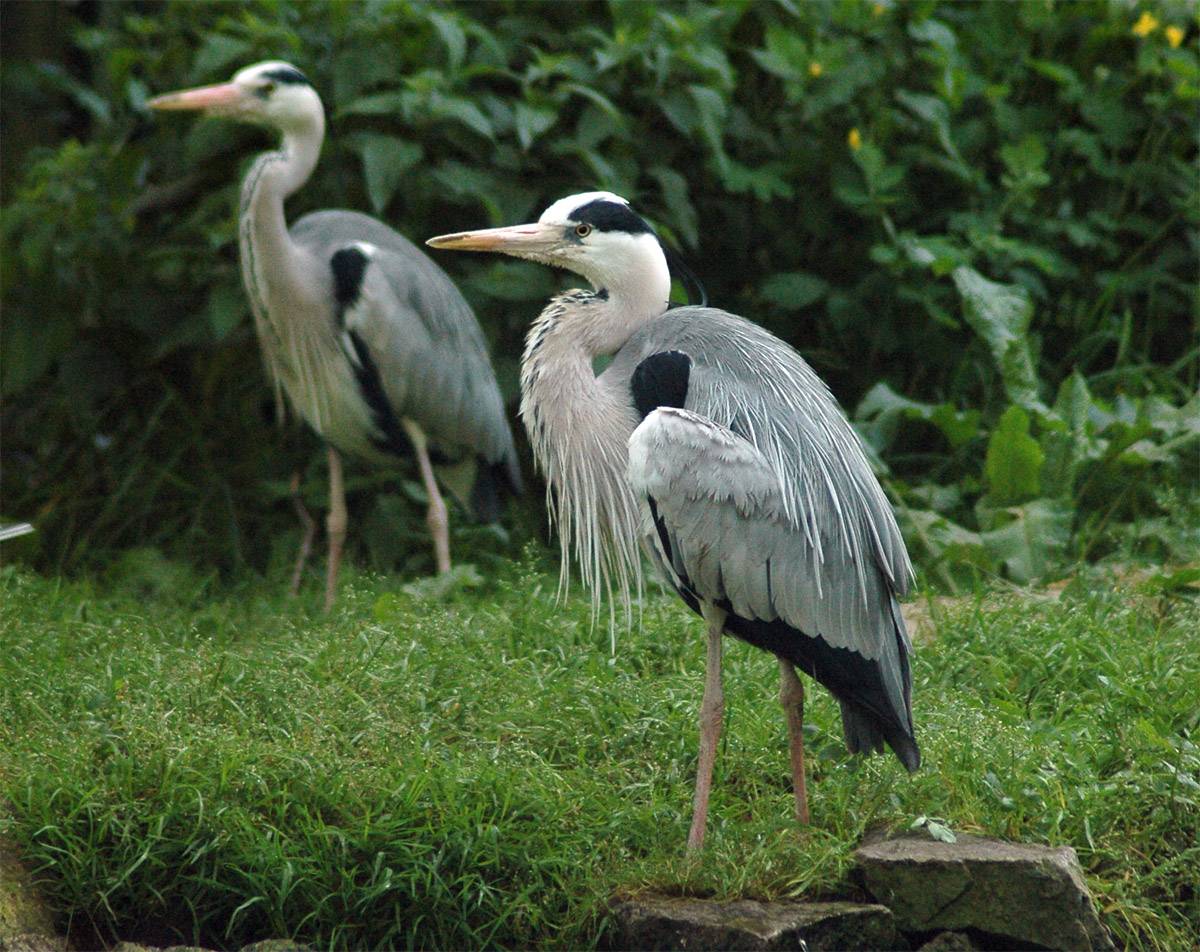
If the question is where to watch birds, the Douro Estuary, particularly the sandy area of Cabedelo, is one of the best places in the region to watch migratory and shorebirds. From the observation tower on the left bank of the Douro River, in Gaia, you will have an unobstructed view of a unique landscape and of species such as the sandpiper, the yellow-legged gull or the black-headed gull. Some of the migratory birds that make the estuary their stop are the grey heron or the great cormorant. Take the opportunity and go to the other side of the river. In Porto, pass by the City Park, where you can see a huge variety of water birds, such as the mallard, the Eurasian coot or the moorhen, and large land birds, such as the cattle egret or the rose-ringed parakeet.
Aveiro Lagoon

The Ria de Aveiro (Aveiro Lagoon) is one of the privileged places for the observation of water birds. Saline complexes, such as Marinha da Troncalhada, attract an extraordinary variety of species, such as the snowy egret or the great cormorant. Further north, in Murtosa, it is possible to walk along the peninsula shore, which offers stunning views over the estuary and where it is possible to observe other species, such as the greater flamingo. The Forte da Barra area is also worth a visit. There, you can walk the entire length of the jetty on foot, in the company of birds such as the Kentish plover, the common scoter or the rare purple sandpiper.
Serra da Estrela Natural Park

Serra da Estrela, in the central region, is rich in diverse habitats and is home to species rarely observed in other corners of Portugal. Close to the Tower, the tawny pipit, the northern wheatear or, in the winter, the alpine accentor and the snow bunting stand out. At the mouth of the Zêzere River, you will find an extraordinary geological formation called Cântaro Magro, where birds such as the ring ouzel, the black redstart, and the Eurasian crag martin nest. Take advantage of the viewpoint that is located next to the road coming from the Tower to be dazzled by all the scenic surroundings of the mountains, a dream place also for bird watching and ideal for photographing unforgettable moments.
Peniche - Cabo Carvoeiro

The particularly beautiful Peniche Peninsula is also suitable for birders. In addition to the extraordinary beauty of the cliffs, the viewpoints that you will find along the way are the most popular places for the observation of sea birds, such as the ruddy turnstone or the European shag. The Ilhéu da Papoa is a mandatory stop, preferably next to the geodesic landmark, where the peregrine falcon can be observed regularly. Next to the East Dock, which can be covered on foot, it is possible to observe species such as the yellow-legged gull, the sanderling or, if luck smiles, the purple sandpiper.
Tagus Estuary

The Tagus Estuary Nature Reserve is considered one of the most important wetlands in the country, due to its impressive biodiversity in terms of fauna and flora species, and is one of the most sought-after places by bird watchers in Portugal. Among the many species of birds that you can find, we highlight the common shelduck, the purple heron, and the osprey. You can also find some rare birds, such as the taiga bean goose, the ruddy shelduck, and the corncrake, while you stroll along the Linear Park. In time, follow our suggestion and visit the Serra da Arrábida. In addition to landscapes of unparalleled beauty, here you will find unique species in the national territory, such as the common firecrest, the nightingale, the azure-winged magpie, or the pallid swift.
Sado Estuary
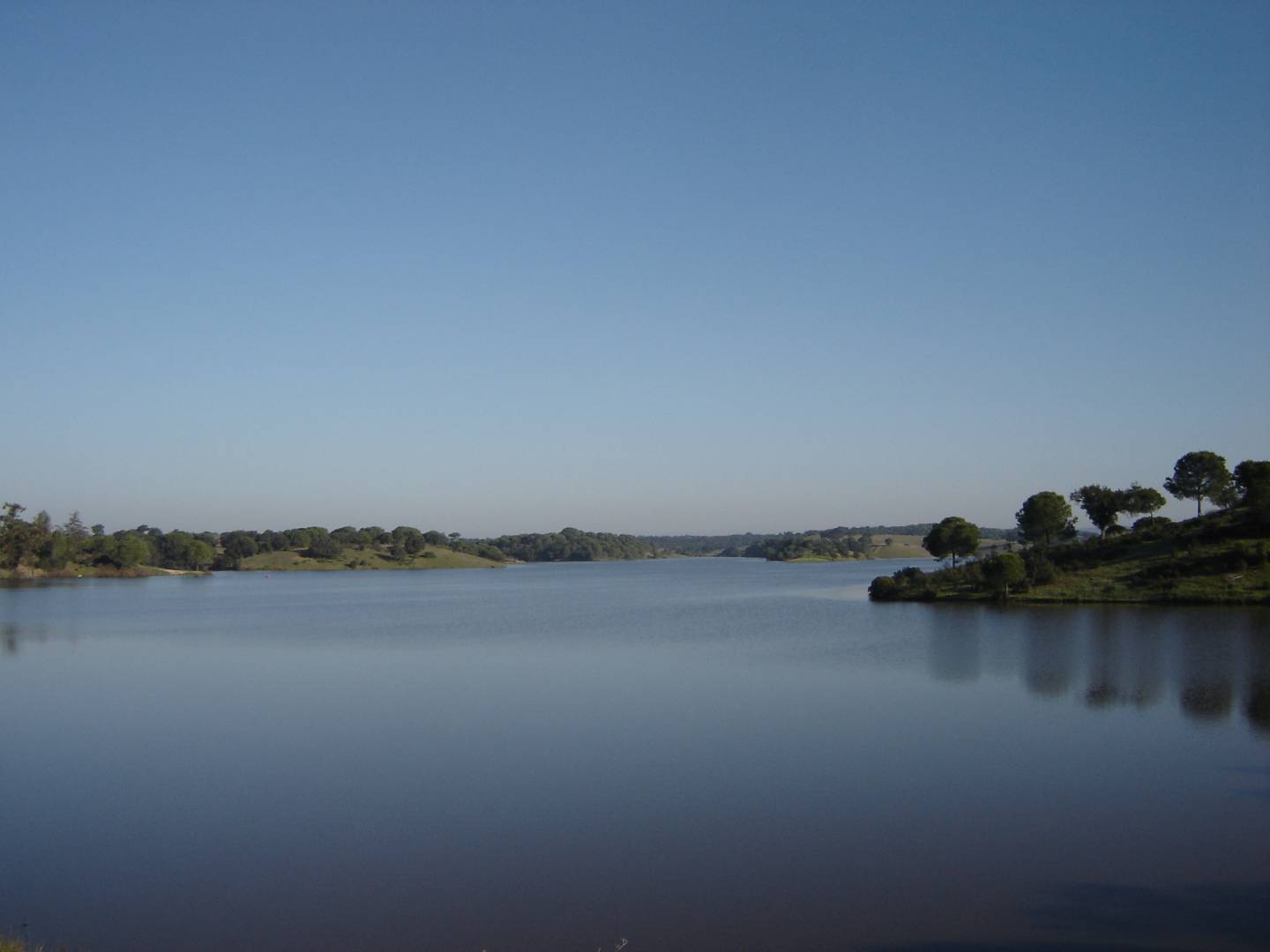
We continue in the humid regions, this time in one of the largest in the country and which covers a vast territory, from the city of Setúbal and the area of Palmela, to Alcácer-do-Sal and Grândola. Knowing what to visit, you can see more than 80 different species in one day. On the northern bank of the Sado River, the most common species are the black-winged stilt, the pied avocet, the ringed plover, or the black-necked grebe. On the south bank, more specifically in the Tróia and Carrasqueira Peninsulas, species such as the bluethroat, the common flamingo, the white stork or the less common European penduline tit are easily observed. In summer, take the opportunity to take a dip in the breath-taking beaches that characterize the region.
Alvor Lagoon
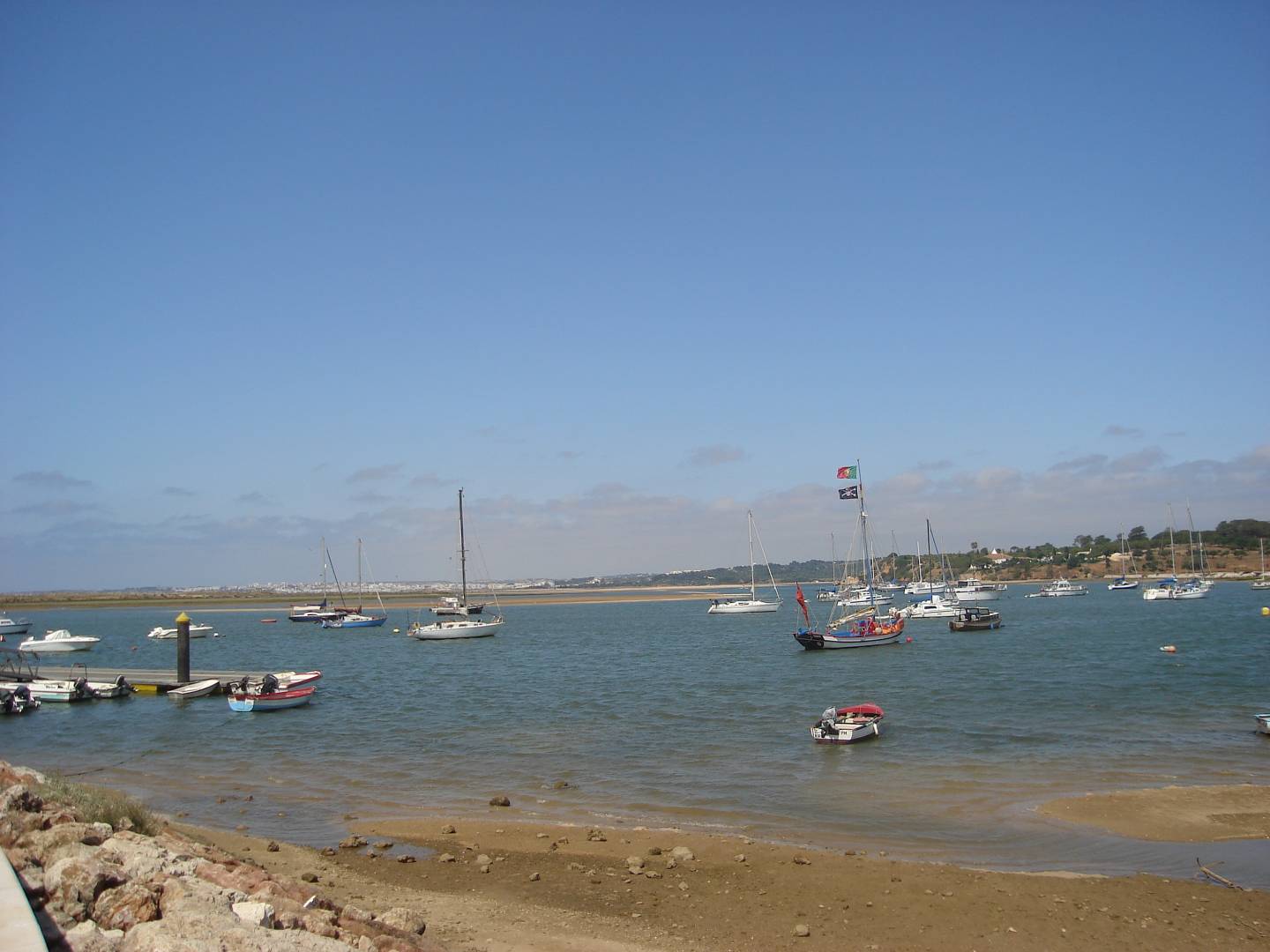
We end up in the Algarve, between Portimão and Lagos. A holiday destination par excellence of Portuguese and not only, the south of the country is much more than paradisical beaches. For many observers, the Ria de Alvor (Alvor Lagoon) is one of the richest and most diverse areas of birdlife in the country, despite its relatively small area, which makes the experience even more enriching. Here you will find typical birds of marshes and estuaries, sea birds and land birds. Among some of the most common species that choose the area to nest, we have the European serin, the European greenfinch, the European hoopoe, or the corn bunting. From the village of Alvor, travel and explore the dune system where, in addition to finding the most favourable conditions for bird watching, you can also take a walk or bike ride on the walkways.
Recommended
